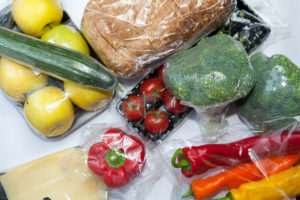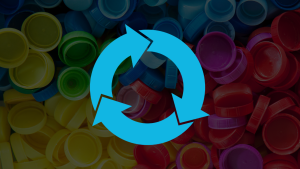Opinion: Plastics are all around us. Now what?
We need to move from a linear “take-make-dispose” waste management approach to a more circular model.
Wherever you are sitting right now, take a look around you. What do you see?
A desk? A computer, smartphone or tablet? Family photos in picture frames on the wall? Light fixtures and light switches? A microwave? Refrigerator, dishwasher, kitchen cabinets? Coffee maker? Venetian blinds, window frames, perhaps a car driving by outside?
That fresh food you’re eating that made its way to you from around the world: what innovative packaging was used to keep it from spoiling? Is that a yoga mat leaning against the wall?
Which of these things could you replace or do without?
Every one of these things is made from or has benefitted from the modern plastics industry. Plastics are all around us. They make life safer, healthier, convenient and, yes, they help reduce our environmental footprint.
Plastics are a linchpin material to help Canada’s industries reduce CO2 emissions and meet sustainability goals. For example, plastics make cars lighter, making them more fuel efficient without compromising performance or safety. They also create more energy-efficient homes and are used for insulation, windows, doors and appliances.
However, improved management of post-use plastics is necessary.
That’s why it’s so heartening to see Infrastructure Canada Minister Catherine McKenna highlight the federal government’s commitment to working with provinces to “improve waste systems by ensuring more plastics are recycled” as part of 21st century “nation-building infrastructure.”
While plastics bring value to our lives and contribute significantly to the Canadian economy, plastic waste is not an acceptable by-product.
We need to move from a linear “take-make-dispose” waste management approach to a more circular model that treats post-consumer plastics as a resource. The result will be both the elimination of plastic waste and stimulation of the economy. Yes, it can be “both-and.”
We know investments in better recycling infrastructure can lead to exponentially higher recycling rates. In British Columbia, the provincial government has created an “extended producer responsibility” system whereby producers take responsibility for management of their products throughout the lifecycle. The result: plastics recycling rates in B.C., calculated by weight, are approaching 50 per cent, whereas the average across Canada is only nine per cent.
Read the full story here from the Montreal Gazette.



